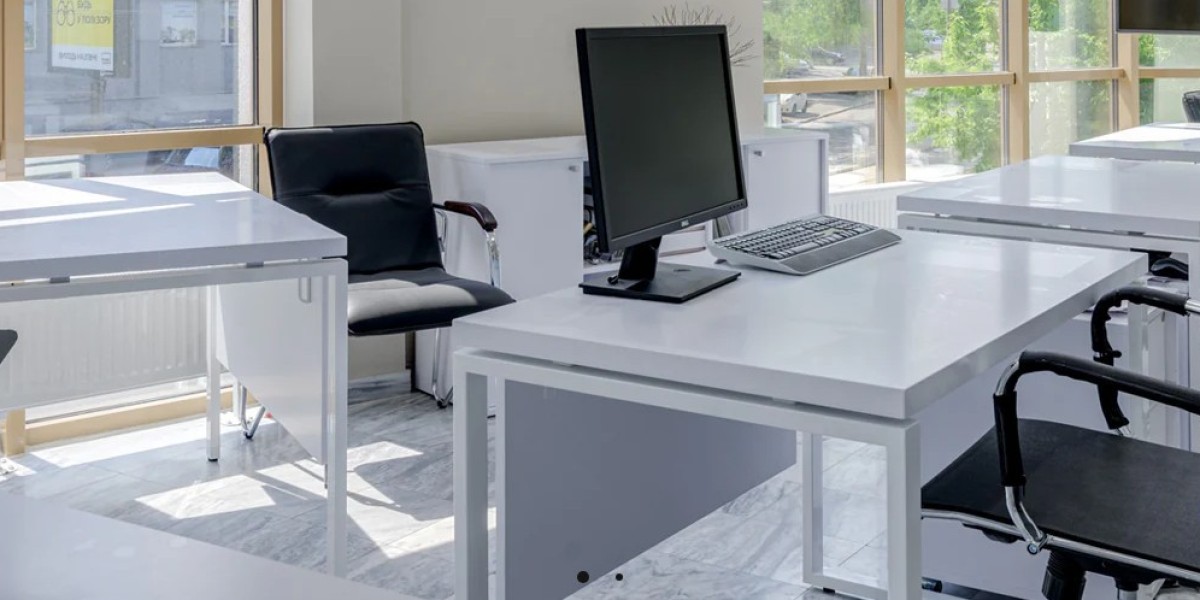Proper maintenance and care of office furniture are essential to ensure longevity, functionality, and a professional appearance. Here are some tips for maintaining and caring for different types of office furniture:
1. General Cleaning Tips
- Dust Regularly: Use a microfiber cloth to dust surfaces regularly to prevent the buildup of dirt and grime.
- Clean Spills Immediately: Address spills and stains as soon as they occur to prevent damage. Use appropriate cleaners for the specific material of your furniture.
- Vacuum Carpets: If your office has carpeted areas, vacuum regularly to remove dust and debris. Consider professional cleaning for deep stains or heavy traffic areas.
2. Wooden Furniture
- Dust and Polish: Dust wooden furniture frequently with a soft, dry cloth. Apply furniture polish or wax periodically to maintain the finish and protect the wood.
- Avoid Excessive Moisture: Keep wooden furniture away from direct sunlight and excessive moisture. Use coasters and mats to prevent water rings and heat damage.
- Fix Scratches: Address scratches and dents with wood repair kits or furniture touch-up markers.
3. Metal Furniture
- Wipe Down Regularly: Clean metal surfaces with a damp cloth and mild soap. Dry thoroughly to prevent rust and corrosion.
- Prevent Rust: Apply a thin coat of furniture polish or metal protectant to prevent rust. For outdoor metal furniture, use rust-resistant paint or coatings.
4. Glass Furniture
- Clean with Glass Cleaner: Use a glass cleaner and a lint-free cloth to clean glass surfaces. Avoid using abrasive materials that can scratch the glass.
- Remove Streaks: For a streak-free finish, clean glass surfaces in a circular motion and ensure they are completely dry.
5. Fabric Upholstery
- Vacuum Regularly: Vacuum upholstered furniture to remove dust and debris. Use an upholstery attachment to avoid damaging the fabric.
- Spot Clean Stains: Treat stains with appropriate fabric cleaners. Blot the area gently and avoid rubbing to prevent spreading the stain.
- Professional Cleaning: For deep cleaning or stubborn stains, consider professional upholstery cleaning services.
6. Leather Furniture
- Dust and Condition: Dust leather furniture with a dry cloth and apply a leather conditioner periodically to keep the material supple and prevent cracking.
- Clean Spills Promptly: Wipe spills immediately with a clean, dry cloth. Use a leather cleaner for stubborn stains, following the manufacturer’s instructions.
- Avoid Excessive Heat: Keep leather furniture away from direct sunlight and heat sources to prevent fading and drying.
7. Office Chairs
- Check Adjustments: Regularly check and adjust the chair’s height, lumbar support, and armrests to ensure they are functioning correctly.
- Clean the Upholstery: Follow the cleaning guidelines for the specific material of the chair. For mesh chairs, use a vacuum to remove dust and debris.
- Lubricate Moving Parts: Apply lubricant to the chair’s moving parts, such as casters and tilt mechanisms, to ensure smooth operation.
8. Desks
- Organize Drawers: Regularly clean and organize desk drawers to avoid clutter and keep essentials within reach.
- Protect Surfaces: Use desk mats or coasters to protect the surface from scratches, spills, and heat damage.
- Check for Wear: Inspect the desk for signs of wear, such as loose screws or damaged finishes, and make necessary repairs.
9. Conference Tables
- Clean Regularly: Wipe down conference tables with appropriate cleaners based on the material. Use a damp cloth for wood and glass surfaces.
- Protect the Surface: Use tablecloths, placemats, or coasters during meetings to protect the table from spills and scratches.
- Maintain Seating: Ensure chairs around the table are in good condition and clean them according to their material specifications.
10. Storage Units
- Organize Contents: Keep storage units organized to avoid overcrowding and ensure easy access to items.
- Clean and Dust: Dust storage units and clean shelves and drawers to maintain a tidy appearance.
- Check Locks: Ensure locks and hinges are functioning correctly and address any issues promptly.
11. Electronic Integrations
- Dust Electronics: Regularly dust electronics, such as built-in chargers or smart devices, to prevent buildup that can affect performance.
- Check Cables: Inspect cables and connectors for wear and tear. Keep cables organized and avoid tangling.
12. Routine Inspections
- Check for Damage: Periodically inspect all furniture for signs of damage, such as loose screws, broken components, or worn-out finishes.
- Schedule Maintenance: Perform routine maintenance tasks, such as tightening screws or lubricating moving parts, to keep furniture in good working condition.
Conclusion
Maintaining and caring for office furniture involves regular cleaning, addressing issues promptly, and using appropriate products for each material. By following these tips, you can ensure that your office furniture remains functional, attractive, and supportive of a productive work environment.








